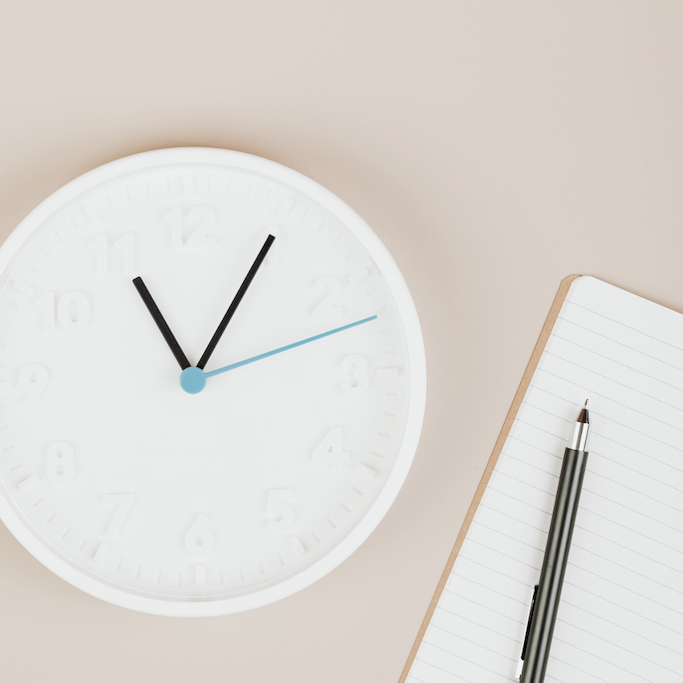
Are you looking for tips on how to manage time in a meeting?
Do you want a way to keep your meetings streamlined and on schedule?
We’ve all attended meetings that have run late.
Appointments are delayed, people become grumpy, and everyone always wonders where the time went…
Managing time during a meeting is a delicate operation.
If you’re not careful, time can run away from you like an out-of-control freight train barreling down the tracks!
In this post, you’ll find several tips to help you better manage time in a meeting.
With careful planning and proper management, you can keep your meeting in sync with the clock.
The following tips will help you keep things moving along in a timely fashion.
Create an agenda with time references.
Creating an agenda with time references makes it easy to manage time in a meeting.
You’ll know exactly when, and for how long, you should cover agenda items.
What’s a time reference? A time reference is a specific amount of time listed next to an agenda item.
A time reference can be a general amount of time, such as ten minutes, or a specific span of time, such as from 10:30 A.M. – 10:40 A.M.
Make a point to add time references for each item on your meeting agenda. When in doubt, give yourself more time than you think you may need.
You can always cut agenda items short if the need arises.
Identify and work with a timekeeper.
Contrary to popular belief, managing time in a meeting is not the responsibility of the timekeeper; it is responsibility of the meeting manager.
A timekeeper’s job is to keep track of the time and to accordingly alert the meeting manager.
It is up to the meeting manager to make sure agenda items are appropriately covered.
What should you do if you’re managing a meeting? First, you should identify a person who is available and willing to serve as your timekeeper.
You should then review the agenda with your timekeeper to make sure they understand each of the agenda time references.
You should also let your timekeeper know of any specific or unique time checks you’d like during the meeting.
Minimize disturbances.
Disturbances can quickly disrupt the flow of meetings, not to mention add on unexpected minutes.
If you’re running a meeting, you need to do everything within your power to minimize disturbances.
There are many different ways to minimize disturbances in a meeting.
You can eliminate visual and auditory distractions, keep meeting attendees focused, and maintain order in a meeting space.
Here’s several practical ways to minimize disturbances in your meetings:
- Ask meeting attendees to turn off unnecessary electronic devices
- Ask attendees to refrain from side conversations
- Remove non-essential or potentially distracting items and materials from the meeting space
- Close the door to the meeting space
- Silence any internal conference phones or intercoms
- Ask those not attending the meeting to refrain from entering the meeting space
Start on time…and end on time.
Starting a meeting on time is paramount to keeping a meeting on schedule. The sooner you start your meeting, the sooner you’ll finish.
What’s more, ending a meeting on time not only shows you respect your time, but that you respect others’ time.
Make it clear to all meeting attendees that the meeting will start and end promptly. You can let people know in advance via meeting invitation or in a reminder email.
During the meeting, be sure to keep a close eye on your agenda time references and do what you must to keep the meeting moving along according to plan.
With practice, you may find it helpful wrap up the bulk of your meeting at least 10 minutes before it is scheduled to end. This way, you can cover any last-minute items, and let attendees return to their regular duties on time.
I have a time management guide that could help you manage meetings and appointments. Click here to find out more.
If you want to manage meetings so they are effective and efficient, let’s talk. Click here to schedule a strategy session with me.
How about you? What do you think takes up the most amount of time in any meeting? Why? Join the conversation and leave a comment below!





i have got all what i was looking for, thanks for your help and keep up…